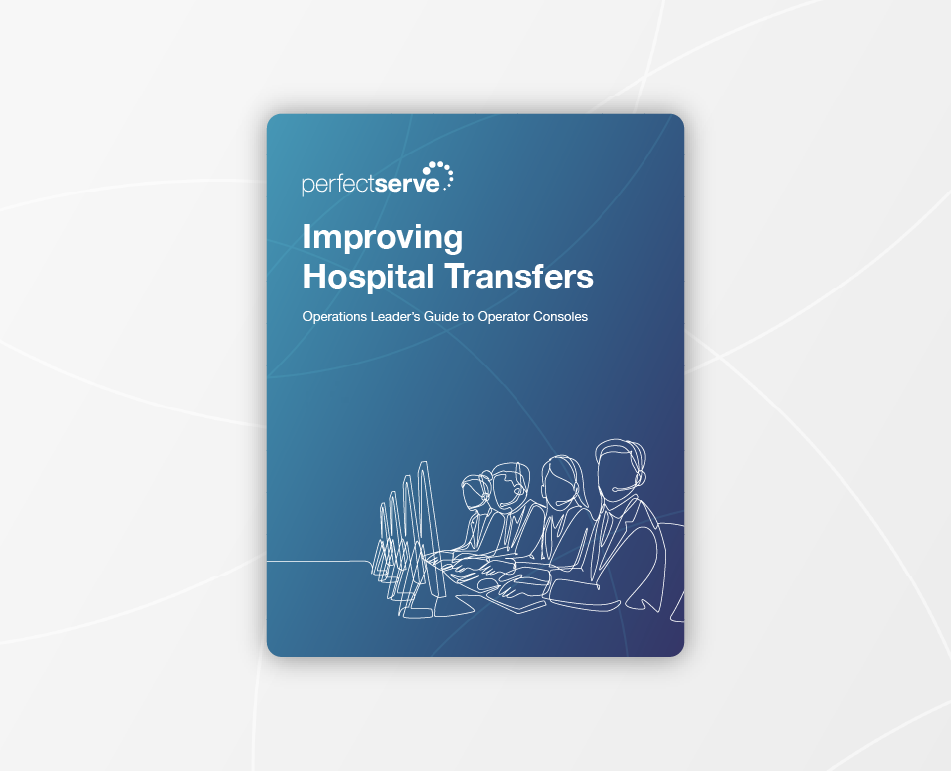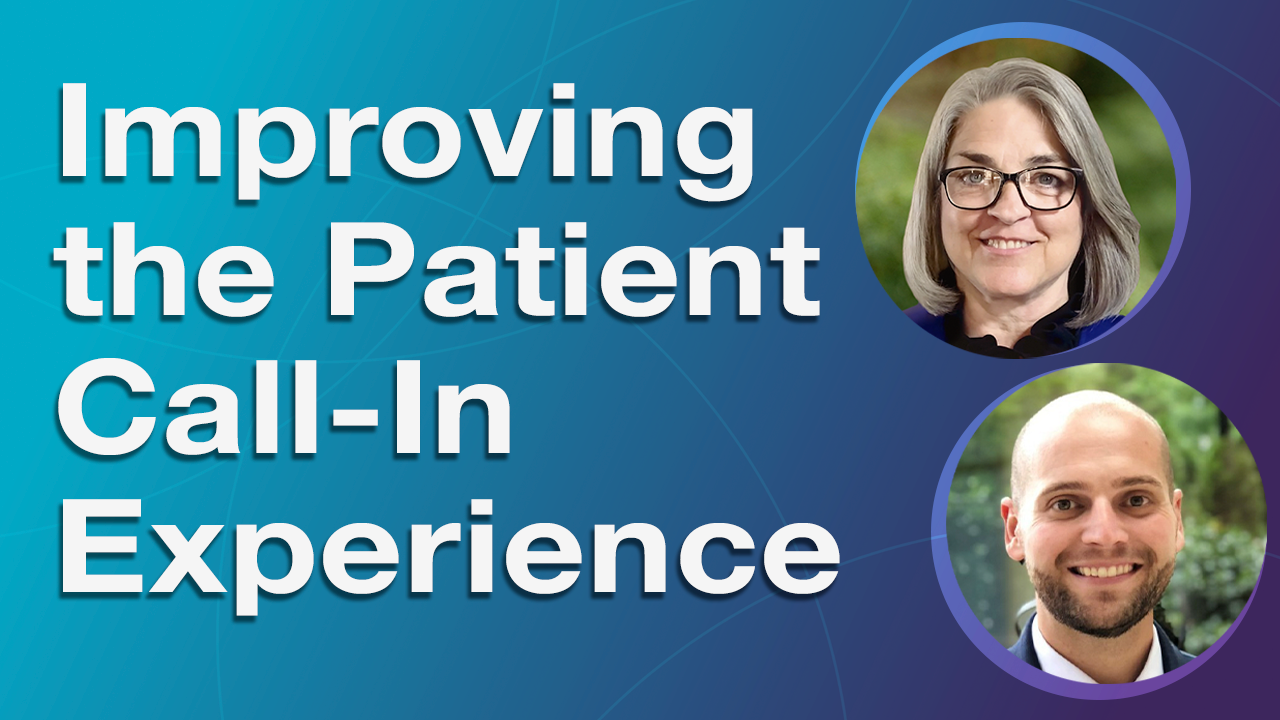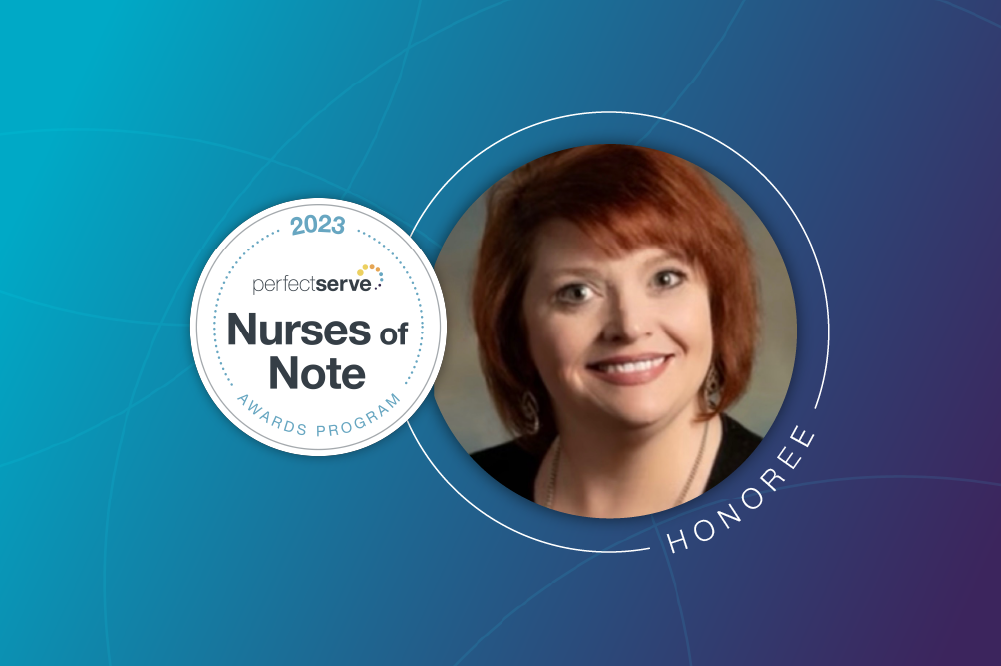Is your medical practice disaster and emergency proof?
TABLE OF CONTENTS
When unprecedented circumstances occur at your practice, are you ready for anything?
By the time a wildfire, hurricane, earthquake, snowstorm, or pandemic happens, practices might be caught behind the eight ball, trying to frantically plan for remote patient access and communication.
These types of situations put you, your practice, and your patients under tremendous stress, making timely communication between providers and patients more essential. Clinicians and practice managers need to proactively identify communication risks, create protocols, and employ solutions to minimize risk, so you’re not left scrambling to react at the onset of an emergency, such as a roof getting blown off your facility.
Open Lines of Patient Communication
When an unforeseen disaster or emergency takes place, it’s important for the lines of communication between your patients and providers to remain open and accessible. Even if your medical practice closes its doors, your communication solution should still be fully functional—routing patient messages, escalating urgent calls, and helping you and your patient base stay connected.
Unfortunately, not every practice communication service is capable of maintaining functionality virtually during a disaster or emergency.
Considerations for Selecting Practice Communication Solutions
When you’re identifying your communication risks and evaluating your current service’s performance, consider the following:
Solution Infrastructure
Does your solution have a protocol for extended power outages or office closures? Are there backup protocols in place to prevent lost or delayed messages?
If the answer to either question is “No,” your patients won’t have any way of reaching the right on-call provider during a disaster or emergency. Damage to communication infrastructure is common during disasters. Power outages can affect landline phone service, especially if you depend on broadband connections, like VoIP (Voice over Internet Protocol).
In the event of a forced office closure, how would your medical answering service contact your providers? A practice communication solution that is cloud-based enables providers and patients to connect quickly regardless of location, outages, or facility closures.
Automated Routing and Escalation Capabilities
What happens when your medical answering service can’t take your overflow, after-hours, or overnight calls and messages due to closure? What happens if the on-call provider is unable to answer their phone?
Make sure the solution you choose offers rerouting and escalation policies for urgent messages when notifications are not answered. Look for 24/7 automated call and message forwarding that doesn’t rely on middlemen, so your patients can always reach the right providers in times of need.
Remote Patient Monitoring and Communication
If your practice is forced to close during a natural disaster, how will your providers manage patients with a chronic illness or other condition? During widespread viruses and outbreaks, how will your practice mitigate risks of infection?
Search for solutions that enable providers to send two-way provider-to-patient text messages tailored to each patient’s unique circumstance. Look for the ability to:
- Broadcast messages to patients during community-wide disasters and emergencies.
- Customize your medical voicemail to direct patients and other providers to the right solution.
- Assess symptom severity and gauge pain levels.
- Initiate patient phone and video screenings.
- Send details on how to access care.
- Prescribe new treatment plans.
- Share best practices for staying safe, proactive, and healthy.
To help ensure your practice can avoid interruption of essential functions and services during unexpected events, we’ve created a Medical Practice Disaster & Emergency Preparedness Checklist.





